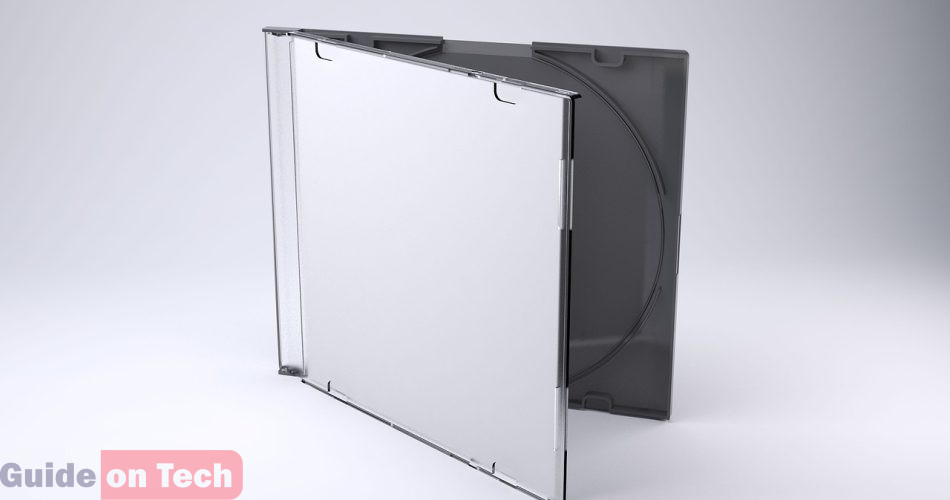Copying a DVD on a Windows computer can be useful for creating backup copies of important data or for sharing movies, music, or other multimedia files with friends or family members. Fortunately, copying a DVD on Windows is a relatively straightforward process that can be accomplished using built-in software.
In this article, we will guide you through the process of copying a DVD on a Windows computer using the Windows Explorer tool. We will also discuss some additional tips and tricks for copying DVDs and troubleshooting common issues.
Step-by-Step Guide:
The following steps will guide you through the process of copying a DVD on a Windows computer:
Step 1: Insert the DVD
Insert the DVD you want to copy into your computer’s DVD drive. Make sure that your computer recognizes the DVD and that it is not damaged or scratched.
Step 2: Open Windows Explorer
Open Windows Explorer by pressing the Windows key + E on your keyboard or by clicking the File Explorer icon in the taskbar.
Step 3: Navigate to the DVD Drive
Navigate to the DVD drive in Windows Explorer. This will display the contents of the DVD.
Step 4: Copy the DVD
Right-click on the DVD drive and select “Copy” from the context menu. Alternatively, you can select all the files and folders on the DVD and press “Ctrl+C” on your keyboard.
Step 5: Paste the DVD
Navigate to the location on your computer where you want to save the copied DVD, right-click, and select “Paste” from the context menu. Alternatively, you can press “Ctrl+V” on your keyboard.
Step 6: Wait for the Copy Process to Complete
Wait for the copying process to complete. This can take several minutes, depending on the size of the DVD.
ChatGPT Aids in Video Production
Additional Tips and Tricks:
Here are some additional tips and tricks to help you copy DVDs on a Windows computer:
-
Use a DVD Copying Software:
While copying a DVD using Windows Explorer is relatively straightforward, using DVD copying software can offer additional features and options. Some popular DVD copying software programs include DVDFab, AnyDVD, and CloneDVD.
-
Use a DVD Ripper Software:
A DVD ripper software can also be useful for copying DVDs. DVD ripper software is designed to extract the contents of a DVD and save it in a digital format, such as MP4 or AVI. Some popular DVD ripper software programs include Handbrake, WinX DVD Ripper, and MakeMKV.
-
Check the DVD Region Code:
DVDs are often encoded with region codes, which limit their playback to specific geographical regions. If you are copying a DVD from a different region than your computer’s DVD drive, you may encounter issues with playback. To avoid this, consider using a region-free DVD drive or a software program that can bypass region coding.
-
Use a Dual-Layer DVD:
If you are copying a DVD with a large amount of data, consider using a dual-layer DVD instead of a single-layer DVD. Dual-layer DVDs can hold up to 8.5GB of data, while single-layer DVDs can hold up to 4.7GB of data.
-
Check for Copyright Protection (Copy a DVD With Windows)
Before copying a DVD, it is important to check for any copyright protection measures that may be in place. Many commercial DVDs have copy protection measures, such as CSS or DRM, which can prevent you from making a copy. To bypass these measures, you may need to use DVD copying software that can remove or bypass the protection.
-
Make Multiple Copies:
If you are copying a DVD for backup purposes or for sharing with multiple people, consider making multiple copies. This can help ensure that you have a backup copy in case the original DVD is lost or damaged. Copy a DVD With Windows
Troubleshooting Common Issues:
Here are some troubleshooting tips for common issues that may arise when copying DVDs on a Windows computer:
-
Slow Copying Speeds:
If the copying process is taking longer than expected, try closing any other applications or programs that may be running in the background. You may also want to check your computer’s disk space and make sure that you have enough free space to save the copied DVD.
-
Corrupted or Missing Files:
If some files or folders on the DVD are corrupted or missing, try cleaning the DVD with a soft cloth or using a DVD repair kit to fix any scratches or damage. You can also try copying individual files or folders instead of copying the entire DVD.
-
Incomplete Copy:
If the copying process stops before it is complete, try restarting the process or using a different DVD copying software. You may also want to check the DVD drive and make sure that it is functioning properly.
-
Playback Issues:
If the copied DVD does not play back correctly, try using a different media player or updating your current media player to the latest version. You may also want to check for any updates or patches for the DVD copying software that you are using.
Copying a DVD on a Windows computer is a relatively straightforward process that can be accomplished using built-in software. However, using DVD copying software or DVD ripper software can offer additional features and options for copying DVDs.
When copying DVDs, it is important to check for any copyright protection measures that may be in place and to make sure that you have enough disk space to save the copied DVD. Additionally, if you encounter any issues, there are a number of troubleshooting tips and tricks that you can use to resolve the issue. Copy a DVD With Windows
By following these steps and tips, you can easily copy DVDs on your Windows computer and create backup copies of important data or share multimedia files with friends and family.

